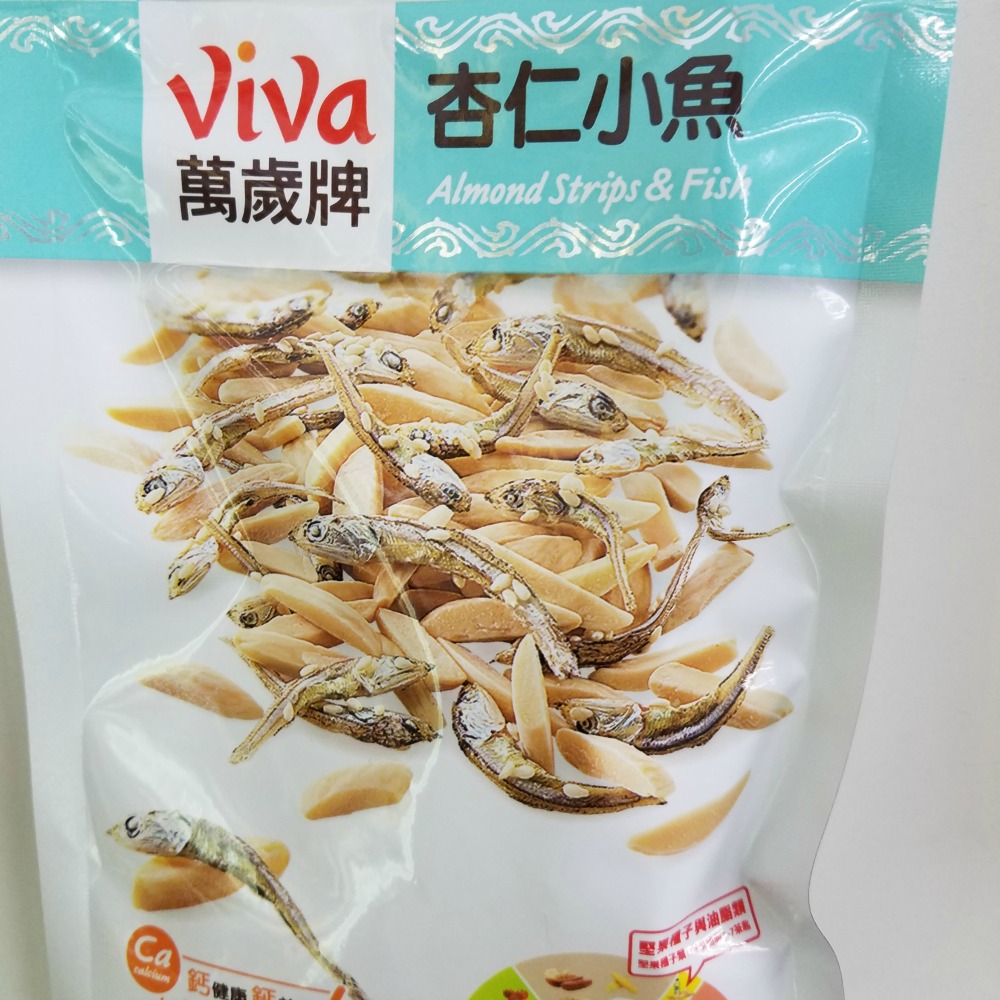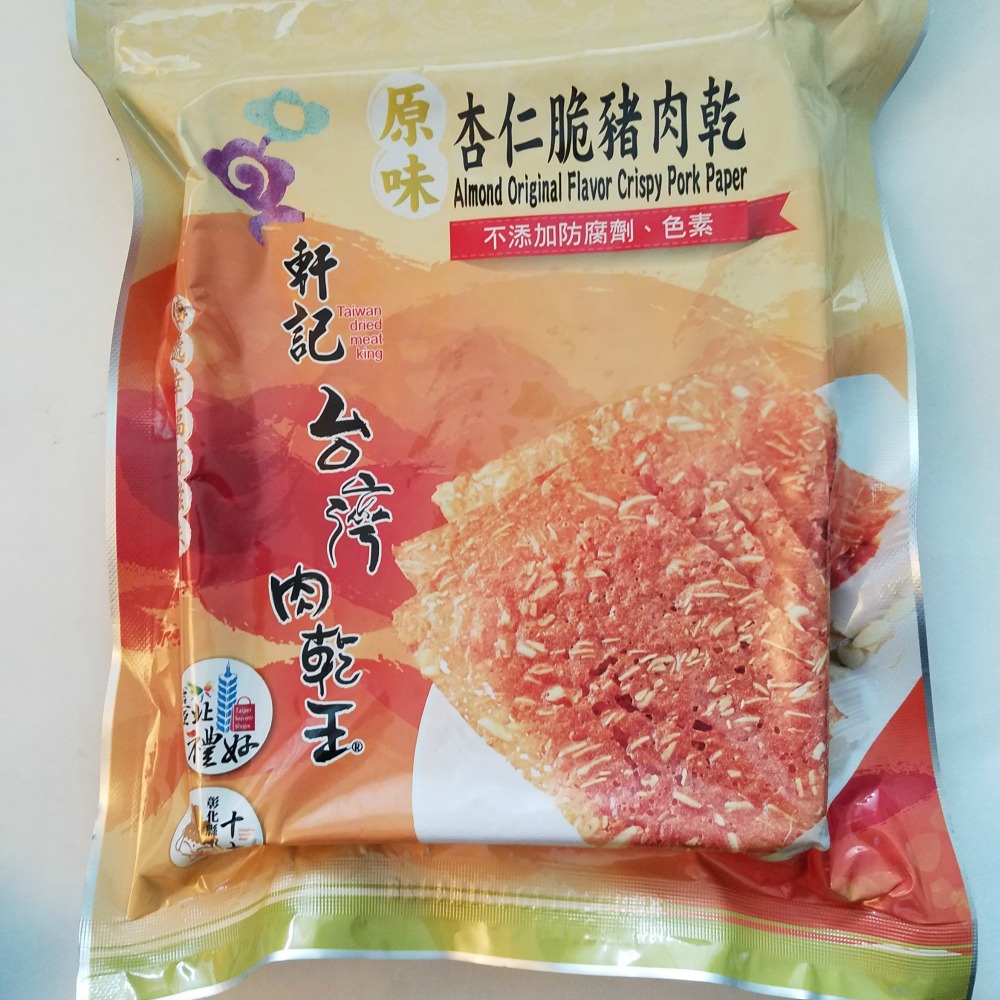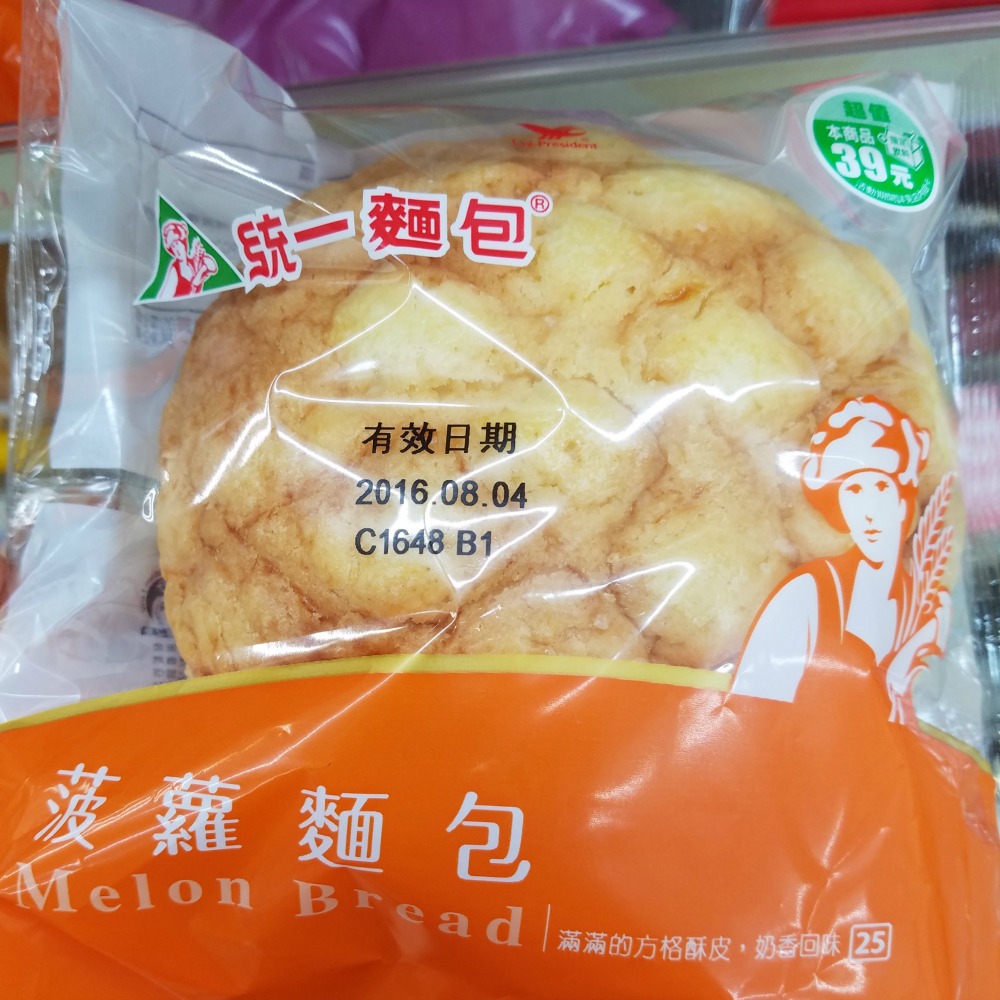
As any true traveller knows, the best souvenirs are of the eating variety. On my recent trip to Taipei, after indulging in high-end restaurants and rubbing shoulders with locals at night markets, I decided some Taiwanese treats needed to be at the top of my souvenir shopping list. If you’re similarly on the search for the best foodie mementos, here’s what to buy and where to buy it.
The ubiquitous presence of 7-11 convenience stores is remarkable, comparable to the presence of Starbucks in US cities. There are more than three or four shops on each block in Taipei, selling everything from fresh stuffed buns and tea eggs for breakfast, to metro cards and Muji merchandise and an unlimited number of snacks, flavoured noodles, and bottled iced coffee. First up on my foodie treasure hunt, I found Viva’s Almond Strips and Fish, a snack mix of, you guessed it, fish and almonds. The combination may sound bizarre but this protein-full blend is actually tasty. (It also comes in a sealed and affordable pack so it will easily find a home in your luggage.) I also picked up Pringles with basil and salt, melon bread (a soft roll with melon filling), and some other difficult-to-identify but colourful snack packs. Those delights all made it home to my pantry, but while I was there, I also enjoyed some in-the-moment tea eggs, warm stuffed buns, and black sesame soy milk.

You can find some goods at the 7-11 | Photo by Thei Zervaki
Supermarkets are probably one of the best places for culinary shopping since you can find both local grocery items and imported goods. A stop by Carrefour, the international supermarket chain, was a good choice. You can find mostly national brands of everything but also brands from around the world with more localised themes — think Lays chips with seaweed flavour. Once you start strolling the aisles, you’ll find plenty of foods you’d want to bring back if you only had additional luggage allowance: Chinese mahogany-flavoured soda crackers, apple-flavoured soda drinks, plenty of teas and, of course, amazing dried fruit. I scored a box with dried pickled kumquat. Also highly recommended: the spring onion pancake crackers, which transform a favourite local snack (spring onion pancakes) into a cracker. And the almond original flavour crispy pork paper, a Taiwanese delicacy that consists of a blend of pork and almonds in a crunchy paper-thin cracker.

A gift for all your pork-loving friends | Photo by Thei Zervaki
Taipei is famous for its night markets where you can find everything from tote bags to socks, touristy gifts, hats and, of course, street food. Night markets are good places to taste fresh food cheaply, like sticky tofu, fried chicken on a stick, pepper buns, and coffin bread (a soup-filled piece of deep-fried bread). I haven’t seen a lot of packaged foods but they do exist if you keep your eyes open for colourful candy boxes, sun cakes, and even pork jerky.
By day, Shi Dong Market is a fresh market and a favourite destination for local foodies. It’s a place that has it all, from pork slices to winter melons, freshly made noodles to tofu. It’s not an ideal place to buy items to bring back, since most of the goods for sale are perishable, but you can invest your Taiwanese dollars in some packaged dried mango that is locally produced, as well as unique vinegars and maybe even pickled iron eggs.
Din Tai Fung is the quintessential Taiwanese dumplings restaurant now found in many cities around the world. If you end up eating at the one in the Taipei 101 building, don’t miss the opportunity to buy mugs, pineapple cakes, and paraphernalia from this largely popular eatery.
Dihua Street is the old Chinese neighbourhood in the Taiwanese capital. A long street with candy stores that also sell dried fruit and local delicacies, it will probably remind you of any Chinatown you’ve seen anywhere. But don’t be fooled; some of the findings can be one-of-a-kind — like the medicinal candies with a strong licorice flavour. You may not like them at first, but I can reassure you, they will send your cough away!

Melon filling that’ll last the trip home | Photo by Thei Zervaki
Taiwan is famous for its varietes of oolong tea, with the top quality being Alishan High Mountain Tea. If you can’t visit the tea plantations throughout the country, then make a visit to Maokong, a scenic spot just on the outskirts of Taipei. Not only will you get to experience a 30-minute gondola ride to the top of the mountain, but you can also find locally grown tea. Grab a bite at a teahouse, taste some teas from the numerous tea sellers, and be sure to buy a box or two of tea leaves. For the record, oolong tea can be far pricier outside Asia, so if you are a tea aficionado, investing a bit of money for a nice cuppa is not such a bad idea.
Alternately, head to the Chun Shui Tang Cultural Tea House in Taichung. It’s reportedly the birthplace of boba tea, or bubble tea (that milky tea with tapioca pearls at the bottom). Of course, you won’t be able to pack any to bring back home, but you can take a class and learn how to make it yourself. What you will bring back is your boba tea diploma — proof of your newly acquired skills.
The signature dessert of Taiwan is the pineapple cake that’s found nearly everywhere in the country — from specialised pineapple cakes stores like Sunnyhills and Chia Te to top bakeries like Wu Pao Chun’s. (But you can also find them at the local supermarket if you can’t make it to a bake shop). Pineapple cakes make a great gift to bring back home as they are individually wrapped in cute packages and have a two-week shelf life. Go for the traditional and tart, purely made from pineapple jam, or the sweeter cakes that include a mix with winter melon. Also, the word ‘pineapple’ sounds like ‘prosperity’ in Chinese so there’s another incentive for bringing back a few.

Pineapple + cake = what’s not to love? | Photo by Thei Zervaki
Apart from actual food, you could also just bring home some non-edible but still food-related souvenirs. Yingge is a district known for high-quality ceramics, where potters produce tea sets for the locally cultivated teas. Don’t miss Yingge Old Street, a pedestrian street where you can find pottery, porcelain, and related items at all price points. Some of the artwork you’ll find may be difficult to transport, but if you can manage, a nice teapot may be worth packing effort. Or you could go smaller — I found some elegant wooden chopsticks, which are much easier to carry.
Lastly, the number-one souvenir in my shopping list is cookbooks. In Taipei, I visited the secondhand shop Whole Books, located not far from the Shida night market. After spending two hours looking at the cookbook collection, I decided to buy an ices and iced tea cookbook… in Chinese. With the help of a translator, one day I’ll be able to figure out some of the recipes and prepare my own ice desserts.